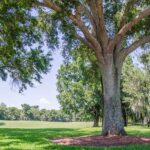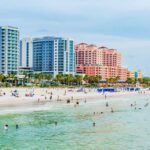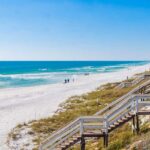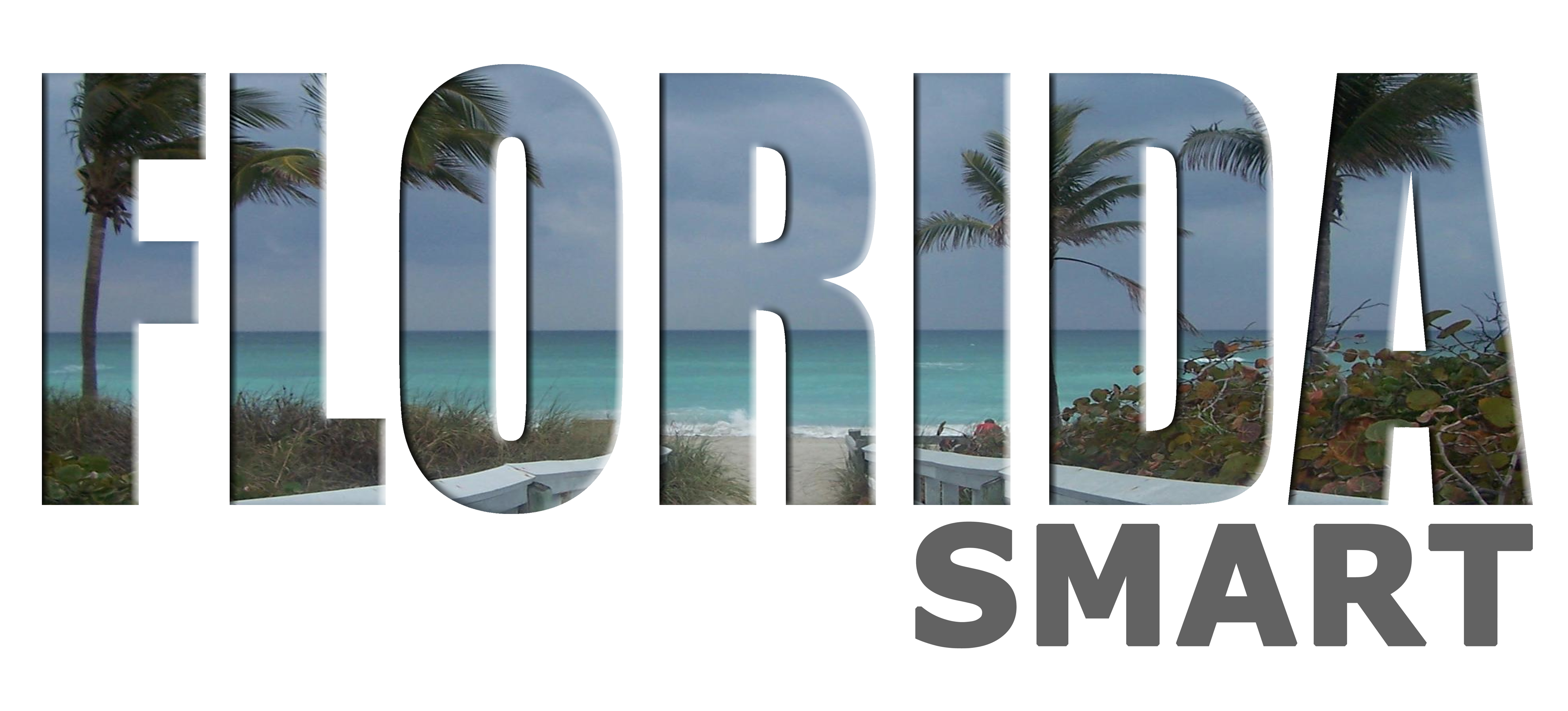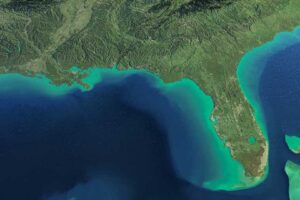Florida is known for its abundance of natural wetlands, including marshes, swamps, bogs and more. These fascinating ecosystems are important to the health of the environment and support a variety of species.
The state’s wetland areas cover nearly 14 million acres, or around 12% of Florida’s land area. Not all of Florida’s wetlands are the same. Florida wetlands are comprised of swamps, marshes, bogs, cypress domes and strands, sloughs, wet prairies, riverine swamps, mangrove swamps, and countless other forms of wet environments. The majority of these are freshwater wetlands, while the remainder are saltwater and brackish marshes.
The wetlands of Florida serve a great purpose in bringing balance to the ecosystem and providing a habitat for some of Florida’s rarest, most exotic creatures. Freshwater marshes act as a natural filter for pollutants, provide habitat for fish and wildlife, support recreational activities, help protect coastlines from erosion, and reduce flooding.
Saltwater wetlands are areas of salt water that experience daily fluctuations in salinity due to the tides. These areas are important for a number of species, from fish to birds, and provide food and shelter for them. Brackish wetlands are between saltwater and freshwater, with fluctuating salinity levels depending on the amount of rainfall in any given area.
In addition to providing habitats for numerous species, Florida’s wetlands are also of great economic importance. In addition to providing recreational opportunities, they act as buffers against storm surge and flooding, help maintain water quality, and provide many other benefits.
The protection of Florida’s wetlands is important for the health of the environment and to ensure future generations can continue to enjoy their beauty and value. The state has a number of organizations and initiatives in place to help protect and preserve these ecosystems, such as the Florida Fish & Wildlife Conservation Commission’s Wetlands Restoration Program.
It is important for everyone to do their part in protecting Florida’s wetlands and ensure they remain healthy for years to come. Taking steps such as reducing fertilizer use, disposing of trash responsibly, and avoiding activities that disturb the ecosystem can help ensure these unique ecosystems are preserved for future generations. By understanding their value and taking steps to protect them, we can ensure that Florida’s wetlands remain healthy and vibrant!
Largest and Most important wetland areas in Florida
The Everglades (South Florida)
-
The largest wetland in Florida, covering about 1.5 million acres.
-
Extends from Lake Okeechobee to Florida Bay.
-
Contains diverse habitats, including sawgrass marshes, cypress swamps, and mangrove forests.
Big Cypress National Preserve (Southwest Florida)
-
Located just west of the Everglades.
-
A mixture of cypress swamps, marshes, and hardwood forests.
-
Home to Florida panthers, black bears, and alligators.
Kissimmee River Basin (Central Florida)
-
Once a winding river system connecting Lake Kissimmee to Lake Okeechobee.
-
Historically drained for agriculture but is now being restored.
-
Provides critical habitat for wading birds and fish.
St. Johns River Marsh (Northeast Florida)
-
The St. Johns River, one of the only north-flowing rivers in the U.S., starts in the wetlands south of Orlando.
-
Includes large freshwater marshes and floodplains.
-
Supports manatees, alligators, and many bird species.
Apalachicola River & Bay (Panhandle)
-
A mix of floodplain swamps, tidal marshes, and estuaries.
-
One of the most biologically diverse regions in the state.
-
Crucial for the local seafood industry, especially oysters and shrimp.
Okefenokee Swamp (North Florida/Georgia Border)
-
A massive peat-filled wetland spanning the Florida-Georgia border.
-
Contains blackwater swamps, floating peat islands, and cypress forests.
-
Home to alligators, black bears, and a variety of bird species.
Mangrove Forests (Coastal Florida)
-
Found along Florida’s coastline, particularly in South Florida, the Keys, and Tampa Bay.
-
Protect shorelines from erosion and storm surges.
-
Serve as nurseries for fish, crabs, and shrimp.
Each of these wetlands plays a vital role in Florida’s environment, providing wildlife habitats, improving water quality, and protecting against flooding.


